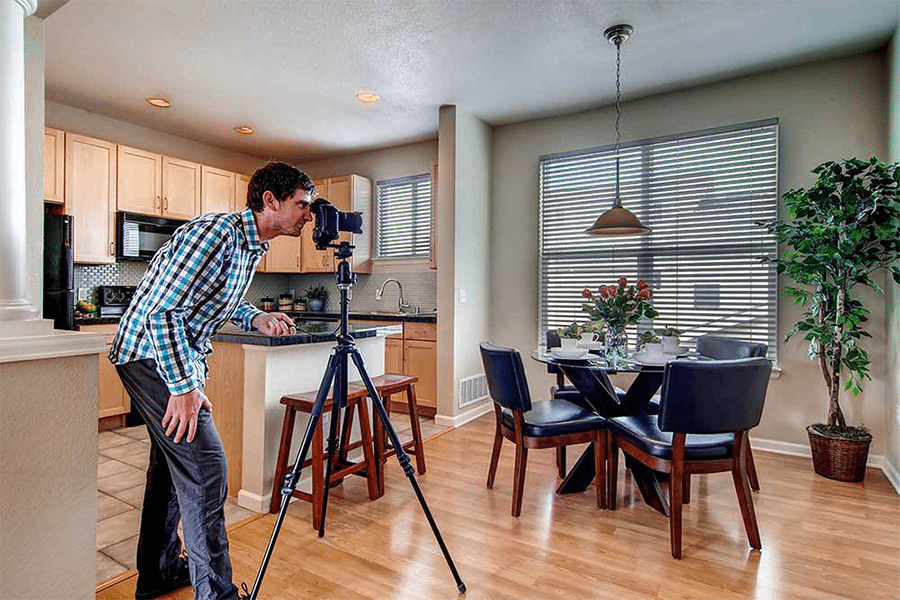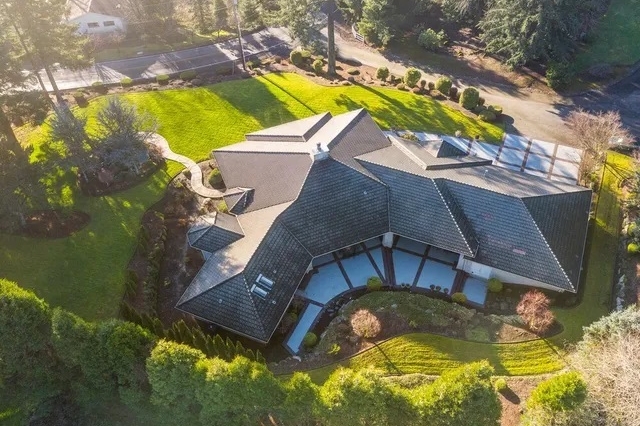HDR Real Estate Editing for Aerial Photography: Techniques and Best Practices
Aerial photography has become an essential tool for real estate marketing, as it provides a unique and captivating view of a property. However, capturing high-quality aerial images requires a skilled photographer and specialized equipment, which can be costly. In addition, the images captured may have some issues that need to be addressed in post-processing, such as exposure and color balance. This is where HDR (High Dynamic Range) real estate editing comes into play.
HDR real estate editing is a post-processing technique that involves blending multiple exposures of the same image to create a final product with enhanced contrast, color accuracy, and detail. In aerial photography, this technique can help to produce stunning images that showcase the property’s unique features and highlight its surroundings.
Here are some techniques and best practices to consider when using HDR real estate editing for aerial photography.
- Bracketing: Bracketing is a technique used to capture multiple shots of the same scene at different exposure levels. The images are then combined to create a final image with a higher dynamic range. This technique is especially useful in aerial photography as the camera can capture different exposure levels of the landscape, resulting in a well-exposed final image.
- Tone mapping: Tone mapping is a technique that compresses the dynamic range of an image to make it more suitable for display on a standard monitor or print. It is used to enhance the contrast and details in the image while maintaining a natural look.
- Color correction: Aerial photographs often suffer from color casts due to the atmospheric conditions during the shoot. Color correction is a technique used to adjust the color temperature and white balance of the image to give it a more natural and pleasing look.
- Noise reduction: Aerial photographs captured at high ISO settings often contain noise, which can detract from the overall quality of the image. Noise reduction is a technique used to remove unwanted noise and preserve the details in the image.
- Sharpening: Aerial photographs can appear soft due to atmospheric haze and distance from the subject. Sharpening is a technique used to enhance the details and textures in the image, giving it a crisp and clear look.
- Lens correction: Aerial photographs captured with wide-angle lenses can suffer from distortion and vignetting. Lens correction is a technique used to correct these distortions and produce a more natural-looking image.
In conclusion, HDR real estate editing is a valuable tool for creating stunning aerial images that can help to market a property effectively. By following these techniques and best practices, you can achieve professional-looking HDR images that showcase the property’s unique features and highlight its surroundings.
When it comes to HDR real estate editing, Pixflows is a reliable and experienced provider of high-quality editing services. With their expertise and advanced editing techniques, they can help to enhance the visual appeal of your aerial real estate images and help your property listings stand out in a competitive market.




